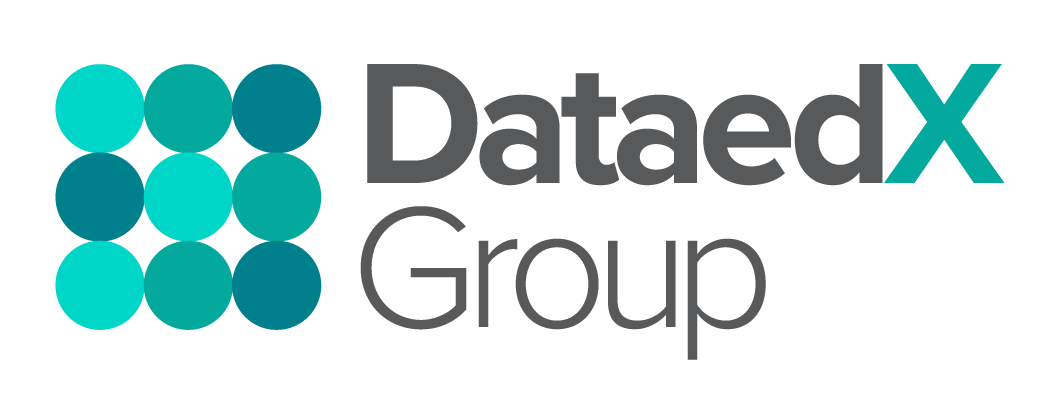UnAI-able™ Services & Solutions
We make data and AI concepts snackable from the classroom to the boardroom. Filling knowledge gaps between data/AI fluency and AI adoption activities of an organization's workforce are where we excel. Our clients clarify their tech strategy to better align people, processes, practices and policies.
Our Process

Item #0
 Step 1: Assessment
Step 1: Assessment
Begin with a preliminary questionnaire to understand the client’s data and responsible AI understanding, pain points and desired outcomes.
 Step 2: Needs
Step 2: Needs
Conduct a scope call to delve deeper into the client’s requirements and priorities, refining the roadmap for addressing identified data and responsible AI gaps.
 Step 3: Design
Step 3: Design
Craft and tailor the data ethics literacy program. Iterate with client to ensure it meets the identified needs and aligns with the client’s objectives.
 Step 4: Program Delivery
Step 4: Program Delivery
Request regular feedback to assess its effectiveness in enhancing understanding and delivering expected impact
 Step 5: Feedback
Step 5: Feedback
Begin with a preliminary questionnaire to understand the client’s data and responsible AI understanding, pain points and desired outcomes.
 Step 6: Recommendations & Collaboration
Step 6: Recommendations & Collaboration
Based on program delivery and feedback engagement, generate a new set of recommendations and collaboratively discuss ongoing needs and how they can be addressed through further collaboration, ensuring continuous improvement and alignment with evolving objectives.

Item #0
 Assessment
Assessment
Begin with a preliminary questionnaire to understand the client’s data and responsible AI understanding, pain points and desired outcomes.
 Needs
Needs
Conduct a scope call to delve deeper into the client’s requirements and priorities, refining the roadmap for addressing identified data and responsible AI gaps.
 Design
Design
Craft and tailor the data ethics literacy program. Iterate with client to ensure it meets the identified needs and aligns with the client’s objectives.
 Program Delivery
Program Delivery
Request regular feedback to assess its effectiveness in enhancing understanding and delivering expected impact.
 Feedback
Feedback
Begin with a preliminary questionnaire to understand the client’s data and responsible AI understanding, pain points and desired outcomes.
 Collaboration
Collaboration
Based on program delivery and feedback engagement, generate a new set of recommendations and collaboratively discuss ongoing needs and how they can be addressed through further collaboration, ensuring continuous improvement and alignment with evolving objectives.
Case Studies
Case Study

Portland Community College AI Symposium
Unlocking the power of Artificial Intelligence in Education, Industry & Everyday Life.
Needs
- PCC identified the need to address AI’s significance and sought a keynote speaker for comprehensive education.
- The objective was to provide clear insights into AI’s definition, implications, and historical context.
- Effective communication to a diverse audience with varying familiarity levels was crucial for knowledge dissemination.
Delivery
- 120 Minute Keynote address that simplified complex AI concepts, making them accessible to all.
- Illustrated the evolution of AI with relatable examples and historical references.
- Audience deepened their understanding of the data-AI skills gap through engaging discussions and questions.
Outcomes
- Dr. Marshall’s keynote revolutionized AI perceptions and inspired ongoing initiatives at PCC.
- Attendees left enlightened and driven which resulted in continuing sparking transformative discussions.
- Dr. Brandeis’s book galvanized research and helped foster a culture of Responsible AI integration at PCC.
Case Study

General Services Administration Equity Study
Evaluating equity in remote identity proofing solutions
Needs
- GSA identified a need for a culturally competent data scholar to help them achieve their equitable access goals.
- The objective was to help the team interpret the vendor’s performance and identity verification capabilities.
- An external perspective on assessing the data gaps in the forgery and similarity fraud scenarios across pre-determined demographics.
Delivery
- Weekly meeting attendance to review and collaborative discuss newly process vendors’ results.
- Illustrated the considerations, pain points and implications between statistical errors and societal biases.
- Shared feedback, recommendations and resources centering data equity strategies.
Outcomes
- Dr. Marshall’s guidance helped standardize data collection and documentation processes.
- The GSA team was better equipped to distinguish amongst algorithmic errors, network errors and bias across demographic groups.
- Dr. Marshall and the GSA team are contributing to facial verification research through public scholarship dissemination.

